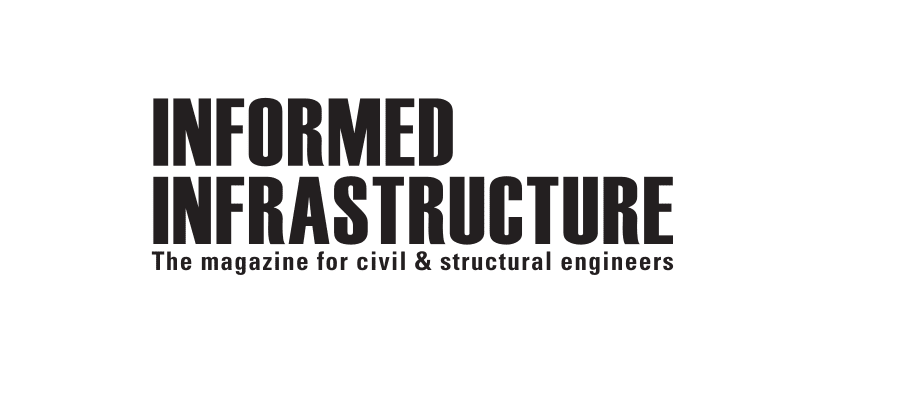Free registration required before viewing this course
Already have an account? Click here to log in.
Stream Crossing Replacement: A Case Study on Rural Hydraulics
Course Information
Residents of urban and suburban areas of the country tend not to think much about how they travel to and from work, the store or a restaurant. However, those in rural parts of the country who live on a stretch of county roads with very few homes know that if it rains, the bridge may not be crossable.
Today, civil engineers typically build roads and highways in urban and suburban areas so they won’t be inundated with a rain event less than what’s considered a 100-year storm (Q-100), which means there’s a 1-percent chance the storm event will happen in any given year. When you live on a rural stretch of roadway, typically narrow with few other residents using the roadway, the design storm frequency the drainage structures will be unable to handle is much more common. In this example, the structure is designed to overtop the roadway during a three-year storm (Q-3), which means there’s a probability of the three-year storm event in one year = 1/F or 1/3 = 33.3 percent chance the runoff from the rainfall event will overtop the roadway. If you live down this stretch of roadway, you will be wondering if you can cross the drainage structure each time it rains.
Author
Darrell Sanders, P.E., and Matt McCants, P.E.Learning Objectives
At the conclusion of this article, the reader should be able to understand:
• Rural stream crossings are not designed to the same hydraulic capacity as municipal, state and federal stream crossings.
• Hydrology is site-specific and based on rainfall and stream data equations developed by U.S. Department of the Interior and U.S. Geological Survey.
• Hydraulic design of culverts is an iterative process, and it will take multiple attempts to determine and develop a final design solution.
• Scour protection is an important part of both the hydraulic and structural design of culverts, and it should not be overlooked by the designer.
Already have an account? Click here to log in.





